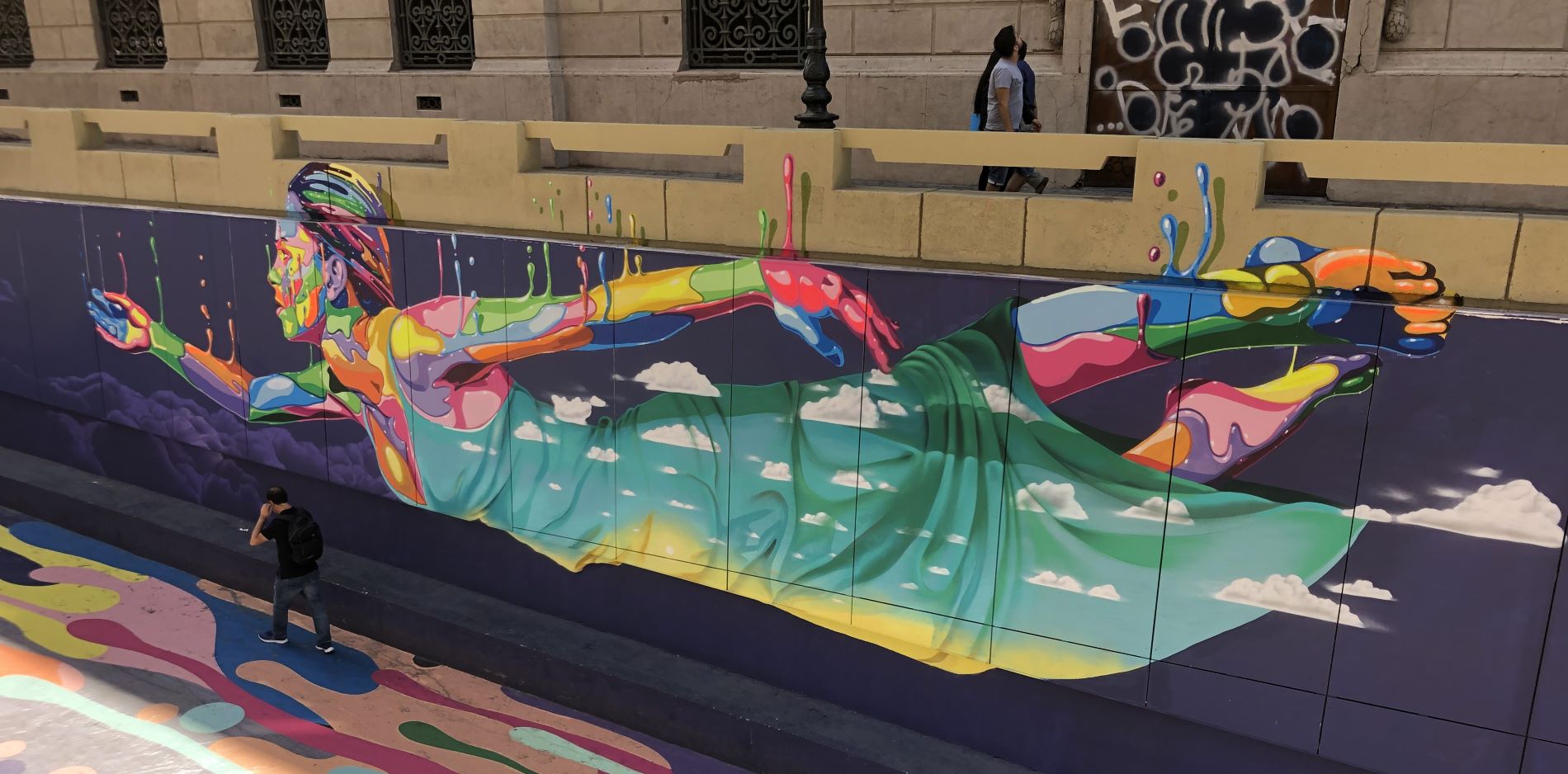Located between the sea and the mountains, 120 kilometers from Santiago, Valparaíso is a city whose houses climb the surrounding hills, covering the landscape of hills and cliffs on the edge of the Pacific Ocean. It is Chile’s main port and the seat of its legislative power, Congress.
The lifts
The city can be described as a labyrinth of cobblestone and steep streets, which does not pose a major problem, given an adequate road infrastructure, with good public transportation services, in addition to its famous funiculars, also known as elevators.
In 2003, the historic center of the city was declared a World Heritage Site by UNESCO, that decided to highlight several exceptional aspects of Valparaíso, in particular its living industrial heritage, the elevators, which are unique in the world.
The lifts and funiculars of Valparaíso make up a functioning transportation system. In 1883, it was decided to create a new means of transportation to facilitate the mobilization of the city’s inhabitants, who day by day had to climb dozens of steps to go down or up to their respective jobs and homes. Around 30 lifts were created in this way, and scattered throughout the city. A total of 16 elevators are still active today, all of them declared National Historic Monuments, but of this group only 7 are in operation.
Murals – all the streets, a museum
Valparaíso can also be described as an open-air museum where historic buildings and European architecture dwellings coexist with countless murals. Artists of all kinds meet in the city, in a festive atmosphere that captivates the visitor.
Murals are one of the distinguishing features of this harbour city. Everywhere; walls, facades and stairs, corners and alleys, the visitor will find works of street art. If you wish, you can paint one, although a municipal permit is required.
Such is the relevance and character of the street murals, that in fact there is the Open Sky Museum of Valparaíso, in Bellavista. One of the most unique attractions of the city, consisting of a route through the 20 most famous paintings.
Architectural heritage
It is worth visiting the lively Plaza de Sotomayor, also known as Plaza Cívica, which marks the geographical point where the Pacific entered on land until the pier was built. In the square come together different architectural styles and emblematic buildings such as the old Post Office or the one that housed the first Commercial Exchange of Chile. There is also the imposing monument to the Héroes of Iquique, a naval battle, and the Prat pier on the coastal edge.
Cerros with countless tales
The cerros (hills) Alegre and Concepción are the most visited, due to their visual appeal and the museums and cultural heritage they house. There are also art galleries, churches, plazas, shops and handcrafted jewellery stores where copper, silver and gold are the raw materials of original designs.
On the hills there are also stately mansions, such as the Astoreca Palace, now a luxury hotel, and the Baburizza Museum, an art deco mansion easily recognisable by its green roof and which today houses an important art collection.
Sitting on a side of Cerro Concepción is the peculiar Hotel Brighton, one of the oldest and most traditional of the city, recognizable by its colonial architecture with orange facade and its distinctive green roof.
On Cerro Bellavista you will find La Sebastiana, one of the houses of the poet Pablo Neruda, now a museum that offers magnificent views over the Pacific.
Gastronomy
Valparaíso is also known for its great gastronomic variety. In its hills there are plenty of restaurants and cafes, some with live music.
Being a seaport, in Valparaíso the visitor will find a great variety of fish and seafood. The caldillo de congrio (cod soup, to which Pablo Neruda even dedicated an ode), machas a la parmesana (clams with melted cheese), empanadas de camarón (shrimp empanadas) and ostiones al pil pil (scallops with garlic and chilli), are some of the most characteristic dishes, not only of the city, but of the whole country.
So, why “Jewel of the Pacific”?
“La Joya del Pacífico” is a popular waltz composed by Chileans Víctor Acosta and Lázaro Salgado. It has become an antonomic expression for this city. It was recorded in 1966 by the local singer Jorge Farías, who later popularized it all over the hills of Valparaíso, making it an icon of its inhabitants.
I recommend this excellent article on Valparaíso published by The Guardian. “Think mini Berlin by the seaside“…. well, that says a lot.
We invite you to visit Valparaíso with Cycly. Certainly, the city’s shape and relief makes it advisable to park the bicycles this day and rather explore it on foot. You will get the exercise anyway, promise!
By Cycly staff



